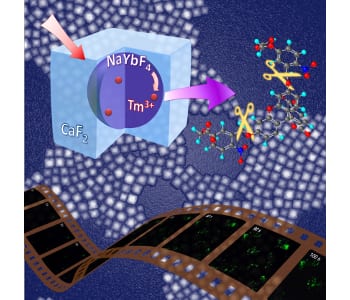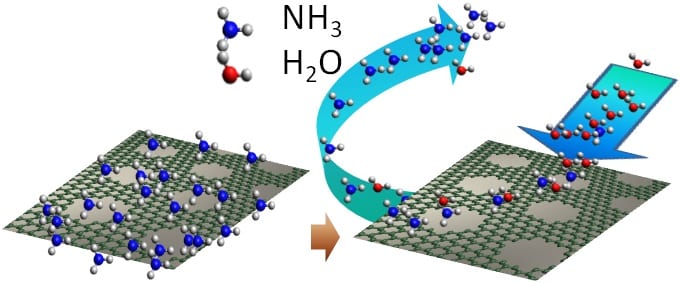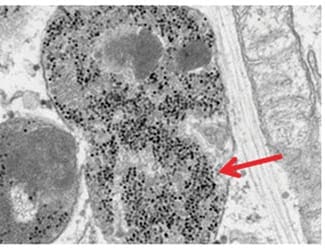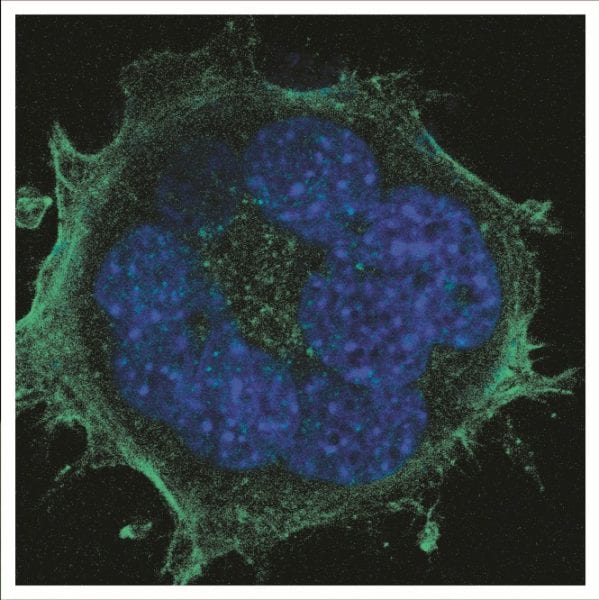Drugs used to treat blindness-causing disorders could be successfully administered by eye drops rather than unpleasant and expensive eye injections.

Researchers capture photoactivation at the single-cell level
G. Han and co-workers have reported real-time recording of tuned upconversion nanoparticles mediating rapid photoactivation down to just a few cells.

Small EiC awarded Beijing University of Technology guest professorship
Professor Guangsheng Guo, the President of BJUT, presents appointment in ceremony in Beijing.
Boosting the interaction of light and metal nanoparticles
Subwavelength metal nanoparticles with separation on the order of one wavelength can form a plasmonic mode that enhances absorption and scattering of light.
Combining nanotechnology to better image human tissue
Researchs show that combining nanoparticles and DNA nanotechnology can amplify the signal obtained from imaging the extracellular matrix.

Graphene-Based Nanosensors for Toxic Gases
CSIRO scientists have developed new nanosensors capable of detecting very low concentrations of toxic gases such as ammonia and nitrogen dioxide, which can be reset using water molecules or ethanol.
Improving solar cell design through photocatalysis
Chinese group show semiconductors can improve efficiency of photocatalysis, with potential in turn for better solar cells.

Steering stem cells with magnetic nanoparticles
Treating cells with iron oxide nanoparticles allows them to be steered through the body by magnets.
Gold nanoparticles and urine detect mercury
A colorimetric assay system based on urine and nanoparticles for mercury detection has been developed by researchers from Nanyang Technological University.

Effects of nanowires on fibroblast dynamics
Bigger is not necessarily better: when it comes to culturing fibroblasts on nanowire substrates, there are several reasons to reconsider the use of long nanowires.










